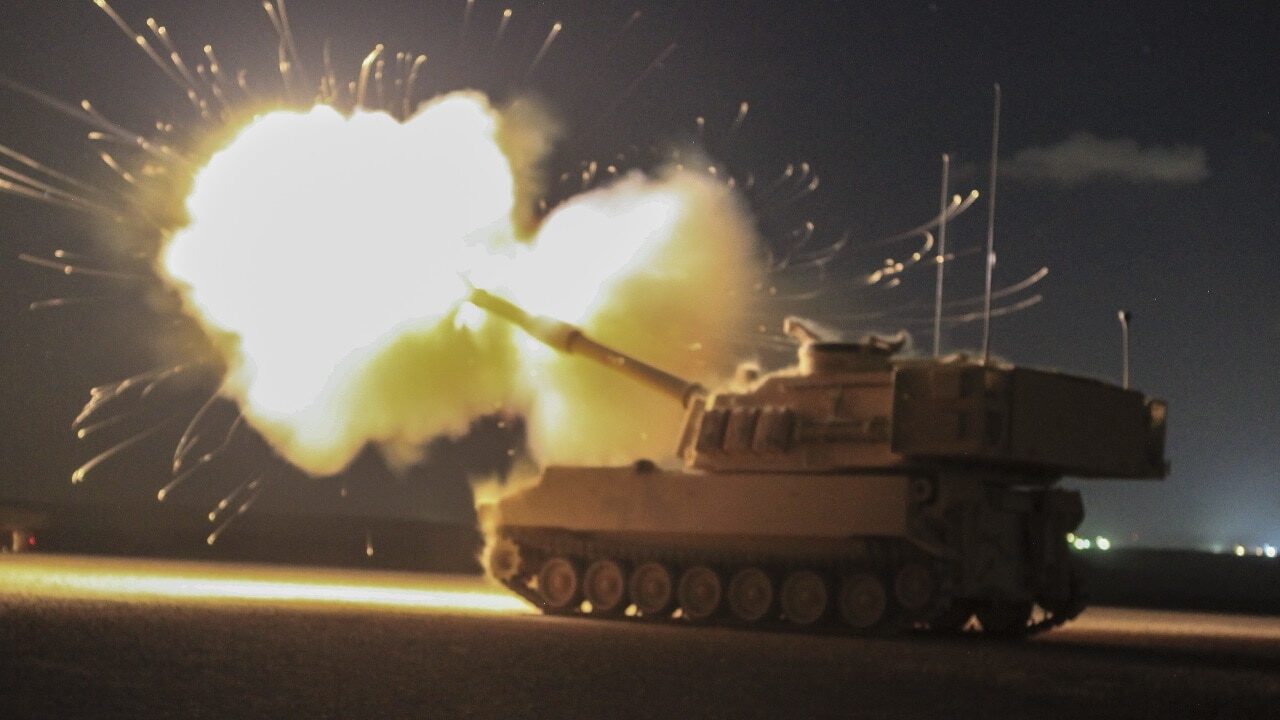The Army Has a Vision for Longer-Range ‘Big’ Guns – It was the Prussian Field Marshal Moltke the Elder who is purported to have first said, “No plan survives first contact with the enemy.” That certainly seems to be the case for the leadership in the Kremlin, which likely expected a quick Russian victory following its unprovoked invasion of Ukraine. Instead, months later, it is engaged in a war that shows no sign of ending.
Such lessons recall another famous quote from American Founding Father Benjamin Franklin, who candidly suggested, “If you fail to plan, you are planning to fail.”
Yet, Russia’s failures in Ukraine could very much help the United States military plan for future conflicts. The war has already validated the use of drones in warfare, possibly predicted the sunset of the main battle tank, and shown the vulnerability of naval surface combatants from land-based anti-ship weapons platforms. The war has also reaffirmed the role that longer-ranged artillery and missiles could play in future conflicts.
Going the Distance
U.S. Army officials have long called for longer-range indirect fire, which they have said could be essential to a future “great-power” conflict, such as one with China. The war in Ukraine could validate the service’s approach to fighting China at extreme ranges in the Pacific, TheDrive reported.
At the May 12 House Armed Services Committee, Chairman Rep. Adam Smith (D-Wash.), asked U.S. Army officials, “What are the systems that are going to put you into position to win that fight like the fight that’s playing out in Ukraine?”
Both Secretary of the Army Christine Wormuth and U.S. Army Chief of Staff Gen. James McConville responded that Long-Range Precision Fires (LRPF) systems, the collective term for long-range artillery and missiles, would be essential to such a fight. Weapons in these broad categories currently sit atop the service’s closely protected list of modernization priorities, TheDrive also noted.
Secretary Wormuth had previously told the committee earlier in May, “We are committed to maintaining momentum on our six major modernization portfolios. In FY23, we will field four long range precision fire systems – the first long range hypersonic weapon battery, our ship-sinking Mid-Range Capability, the Precision Strike Missile, and the Extended Range Cannon Artillery. We are modernizing our air and missile defense systems and adding another Patriot battalion to our force structure. We continue to fund the development of both FLRAA and FARA, which we are scheduled to field in 2030.”
Gen. McConville has also described LRPF as a number one priority, and said that it begins with hypersonic weapons.
“They have great range, great speed and [are] very precise, and that gives us some capabilities,” McConville told the committee. “The second priority is a mid-range capability. That gives us the ability to sink ships, the third capability is a precision strike missile, which is developing right now. It’d be a land-to-land system, it’s going to be 500 kilometers or greater. And it also is going to in the near future have the ability to sink ships.”
The lessons are there, and the proof of the effectiveness of such weapons is being made explicit. Now the question is whether American lawmakers and military officials can take those lessons to help to ensure that the U.S. military isn’t simply planning to fail.
Now a Senior Editor for 1945, Peter Suciu is a Michigan-based writer who has contributed to more than four dozen magazines, newspapers and websites. He regularly writes about military hardware, and is the author of several books on military headgear including A Gallery of Military Headdress, which is available on Amazon.com. Peter is also a Contributing Writer for Forbes.

